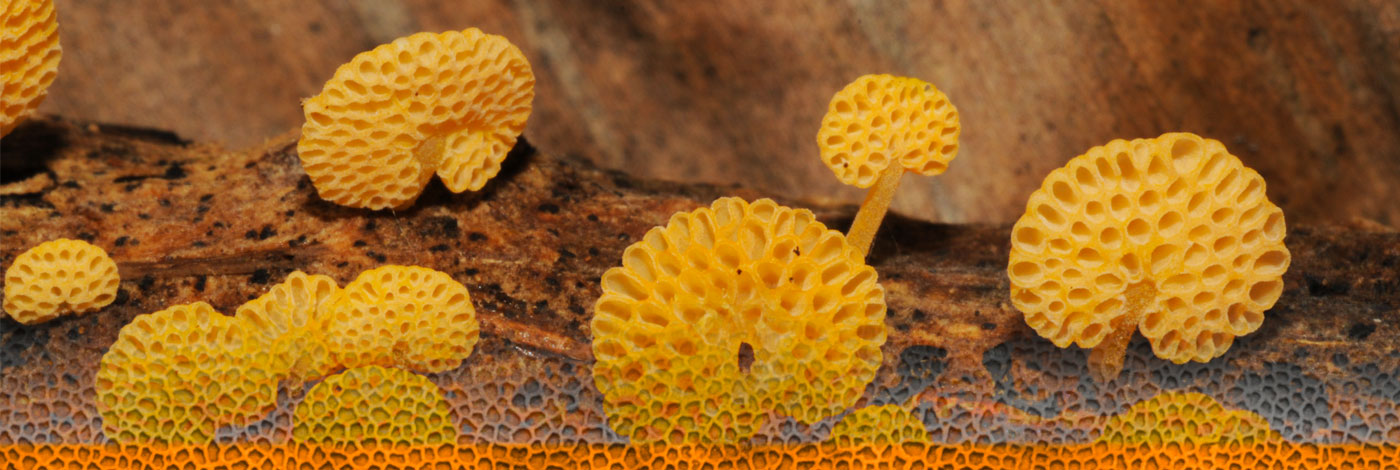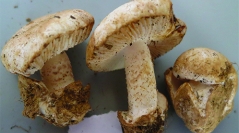

 Cryptogamie, Mycologie
43 (6) - Pages 139-157
Cryptogamie, Mycologie
43 (6) - Pages 139-157The species in Amanita ser. Amidella (E.-J.Gilbert) Neville & Poumarat form a well-defined clade, but some taxa remain difficult to discriminate. In particular, the concept of Amanita valens (E.-J.Gilbert) Bertault remains controversial. To understand the phylogenetic placement of a set of collections from southern Portugal with a novel nrDNA barcode, we have obtained nrDNA sequences for previously unassessed type collections. The taxon formerly described as A. curtipes f. pseudovalens Neville & Poumarat is interpreted as a separate species, A. pseudovalens comb. nov., stat. nov., and is genetically indistinct from those Portuguese collections, thus clarifying their taxonomic context. However, the morphology and ecology of our collections are distinct (respectively, ellipsoid to oblong basidiospores and occurrence on schist soils), and are proposed as a new variety, A. pseudovalens var. tartessiana var. nov. These developments also enable a better diagnosis of the taxa of series Amidella in Europe, a progress that is most decisive for the late winter to spring collections, and an identification key is proposed. Still, the co-occurrence and morphological similarity of the new variety with the prized edible A. ponderosa Malençon & R.Heim could leave some collections of either taxon unresolved. Thus, a molecular marker approach was developed, to provide a clear and cost-effective identification aid to complement the key. The proposed diagnostic tools can be applied toward a review of European Amidella taxa chorology from existing records, conserved materials, and future collections.
Portugal, phylogeny, taxonomic probes, evolutionary convergence, new combination, new status, new variety